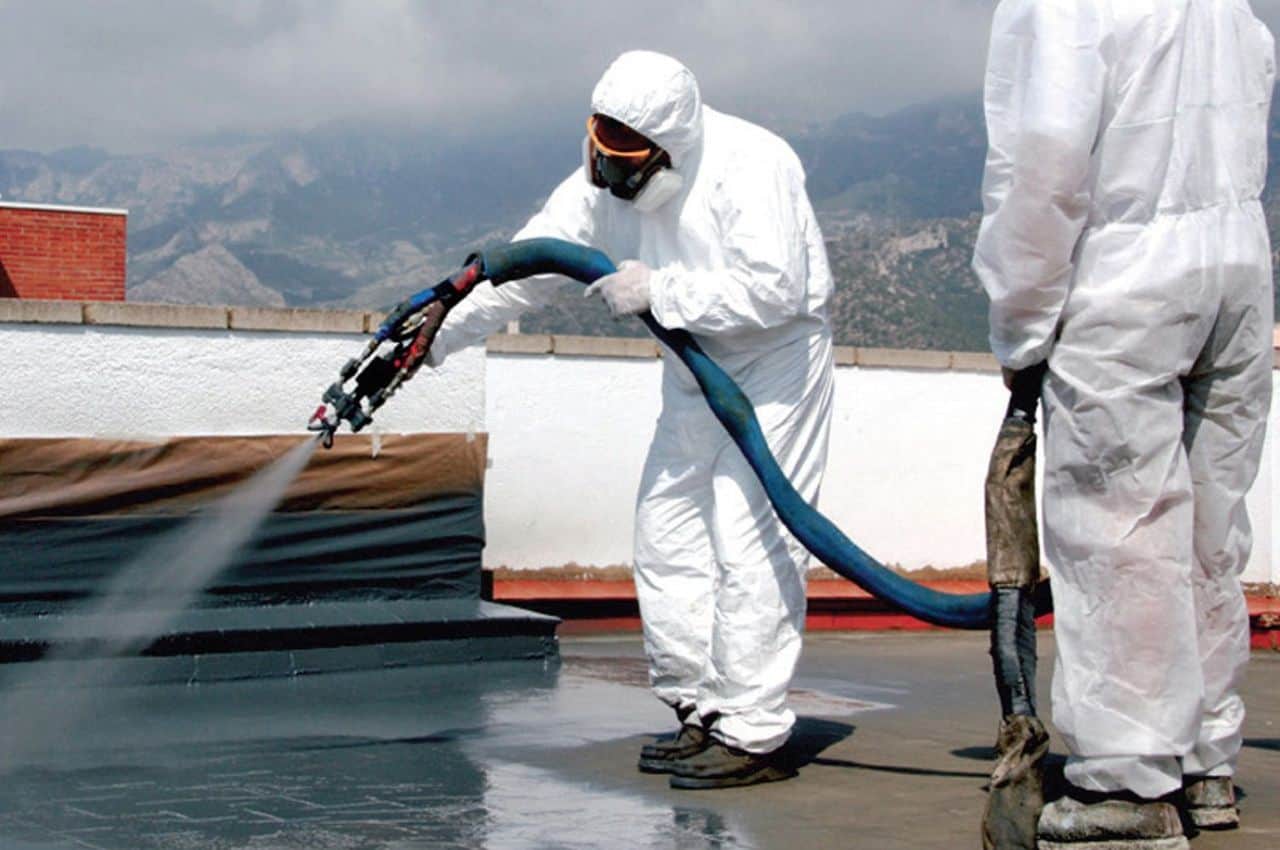Manhole linings play a crucial role in maintaining the integrity and functionality of our sewer systems. With over 20 million manholes across the United States, ensuring these structures are well-protected is paramount. Traditional coating technologies, such as concrete and epoxy, have long been used but have lots of limitations.
The introduction of polyurea coating technology, pioneered by ArmorThane in 1998, has revolutionized manhole linings. This article delves into the future of manhole linings using polyurea, backed by statistics and unique insights that are often overlooked.
The Limitations of Traditional Coating Technologies
Traditional coatings like concrete and epoxy have been the go-to solutions for manhole linings. However, they often fall short in several key areas:
- Durability: Concrete and epoxy can crack and degrade over time due to chemical exposure and environmental influence.
- Application Time: These materials require a long time to cure fully, leading to longer project durations and increased costs.
- Flexibility: Traditional coatings cannot withstand the dynamic conditions within manholes, leading to constant repair or replacement.
The Rise of Polyurea Coating Technology
In 1998, ArmorThane introduced polyurea as a manhole lining solution when hired to coat sewer systems in Hong Kong. Since then, polyurea has gained recognition as the superior choice for manhole linings due to its exceptional properties:
1. Unmatched Durability
Polyurea forms a strong yet flexible membrane that withstand heavy use and harsh environmental conditions. Studies show that polyurea-coated linings can last up to 30 years, significantly outlasting traditional coating materials.
2. Fast Application and Cure Time
Polyurea’s quick curing time is a game-changer. It sets within seconds to minutes, allowing for quicker project completion and minimal disruption to sewer services. This is especially important for large-scale infrastructure projects where downtime must be minimized.
3. Seamless and Waterproof
Polyurea is applied as a liquid, creating a seamless total encompassing barrier that eliminates joints and seams where leaks often occur. This seamless application ensures comprehensive waterproofing, protecting the manhole structure from the elements as well as chemicals and bacteria.
Statistics Highlighting the Need for Advanced Manhole Linings
- Number of Manholes: There are over 20 million manholes across the United States, many of which are in need of rehabilitation.
- Maintenance Costs: Traditional manhole maintenance costs U.S. municipalities billions of dollars annually due to frequent repairs and short lifespans of conventional coatings.
- Polyurea Performance: Polyurea coatings can last up to 30 years, reducing the frequency and cost of maintenance.
Unique Benefits of Polyurea for Manhole Linings
High Adhesion Strength
Polyurea exhibits excellent adhesion to various substrates, including concrete and metal, ensuring a strong bond that enhances the structural integrity of the manhole. This high adhesion minimizes the risk of delamination and extends the lifespan of the lining.
Versatility in Application
Polyurea can be applied in a variety of conditions, including high humidity and low temperatures, without compromising its performance. This versatility makes it ideal for use in different environments and climates, ensuring reliable protection year-round.
Environmental Considerations
Polyurea coatings are often low in volatile organic compounds (VOCs), making them an environmentally friendly option. This reduces the release of harmful emissions during application and contributes to better air quality and a safer working environment.
The Future of Manhole Linings with Polyurea
The adoption of polyurea for manhole linings represents a significant advancement in infrastructure maintenance. Its exceptional properties address the shortcomings of traditional materials, providing a long-lasting, reliable solution for manhole rehabilitation. By investing in polyurea linings, municipalities can enhance the durability and efficiency of their sewer systems, ultimately saving time and resources.
Conclusion
Polyurea coating technology, first introduced by ArmorThane in 1998, has set a new standard for manhole linings. Its unmatched durability, rapid application, seamless finish, and environmental benefits make it the best choice for protecting and extending the life of our sewer systems. As municipalities across the United States seek more effective solutions, polyurea stands out as the future of manhole linings, ensuring our infrastructure remains robust and reliable for decades to come.
For more information on polyurea and its applications in manhole linings, visit ArmorThane. Embrace the future of infrastructure protection with polyurea—the ultimate manhole lining material.


